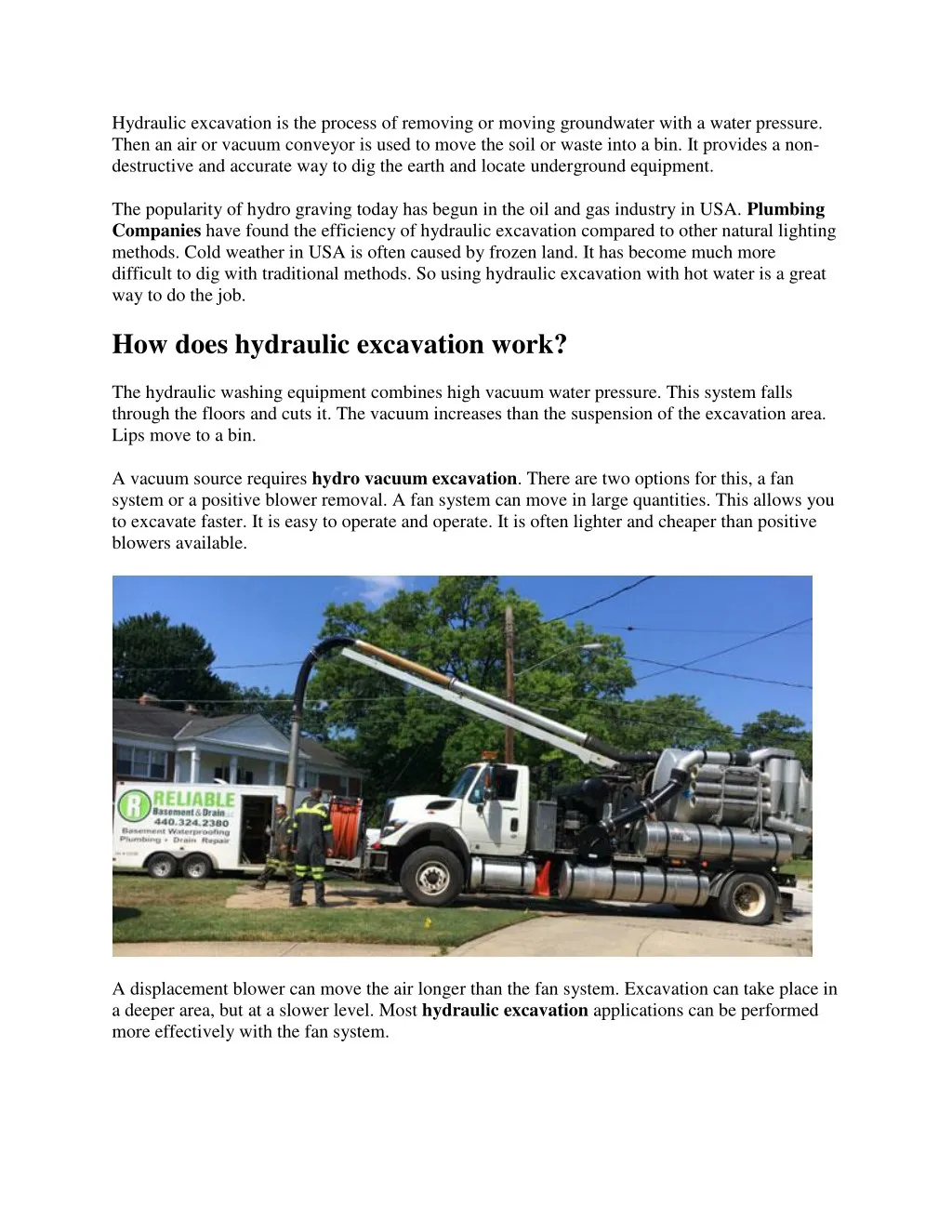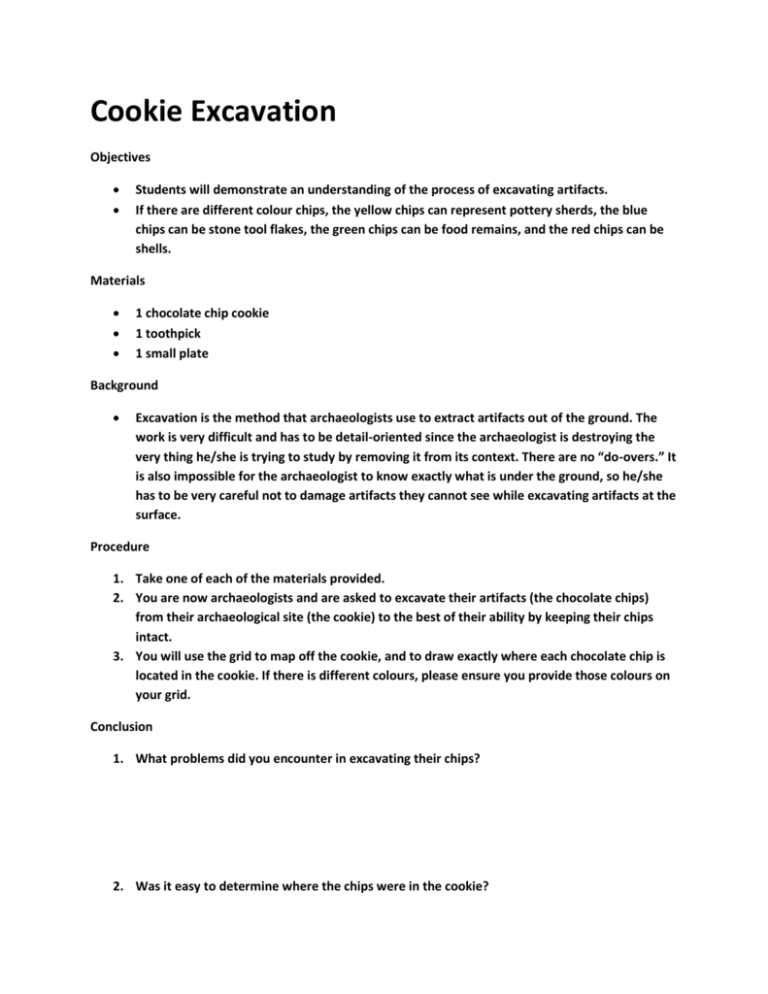Rumored Buzz on Excavating Contractors
Wiki Article
Some Known Factual Statements About Demolition
Table of ContentsFacts About Excavator Uncovered5 Easy Facts About Mini Excavator DescribedWhat Does General Contractor Do?The 45-Second Trick For Excavation CompaniesThe Best Guide To Demolition


Scrapers or Pans dig deep into dirt in one place, haul and dispose the dirt in another spot (grading contractors). It is difficult to match the performance of scrapes for cut/fill dirt operation if the haul range is much less after that a mile. Scrapes are generally drawn by a rubber tire wheel tractor and also are often pushed via the cut area by an excavator.
There are sometimes that scrapes are not utilized for site grading and a dump truck is utilized: the haul might be to long, the haul might go across roads where scrapes are not permitted, acid rock might be encountered, tools availability, etc. Unload vehicles are in common use as well as possibly need little conversation.
Lots of vehicles have a top-hinged tailgate that can not discard any kind of rock larger after that the tailgate size. "Rock body" beds, on the other hand, have no tailgates as well as can dispose any kind of size rock, although their quantity capability is reduced. These web links reveal devices requirements for several common dump trucks. Compaction Devices raises the density of the soil and in many cases supplies a smooth, rolled surface area.
Concrete Contractors Fundamentals Explained
From an easy examination pit to percussion boring to core exploration the owner has progressively more pricey choices that generate significantly better data about the site underground. For instance, the Owner on a 100,000 SF building job may license twenty dull places with split spoon dirt samples taken till rock is reached as well as after that core examples of rock.Understanding the kind as well as high quality of rock (from the core samples) and area of rock (from the soils boring) is a genuine advantage in jobsite planning. On the other hand, the Owner of a 100,000 SF building might determine to wage no geotechnical screening whatsoever. The choice concerning geotechnical screening is normally made by a Proprietor without input from the Building and construction Manager.
The area on Dirts as well as Geology helps you understand the terms in the geotechnical record. A knowledge of the approximate location of the rock aids the Construction Manager to intend the series of steps following rock excavation. If rock is in one corner of a big structure project, for instance, the earth excavation could begin at the contrary end of the building in order to start structure work soonest.
Starting the structure job early would be a good suggestion if the rock could be eliminated by ripping. If the rock is incredibly tough and also requires significant blasting, it might be sensible to hold foundation work until the blasting is finished. The Construction Supervisor must work with these kinds of decisions and make use of all the technical day offered.
Rumored Buzz on Trencher
Unclassified excavation states that all rock or various other unforeseen products (excluding harmful materials) run into in the sitework will be the duty of the Professional at no change in agreement cost. An unidentified excavation is easier from a book-keeping standpoint and also places the obligation for geotechnical problems onto the Sitework Service provider.How Water Impacts Sitework? It's remarkable what a heavy rainfall can do to a building task. Prior to the rain, the site might be dry, heavy devices successfully moving earth, the other trades efficiently doing their work. Within hrs the task can be a sloppy, mud-hole with worker efficiency reduced to concerning 10%.
In many locations of the globe, the Construction Supervisor have to bear in mind a straightforward reality: IT WILL CERTAINLY RAINFALL. Great planning can lessen the damages as well as disruption of a hefty rainfall to a jobsite. Usually the excavation and also grading is entrusted to the Sitework Service Provider (and their Foremen is liable to supervise and also direct the heavy equipment as well as drivers).
Consequently the Construction website link Supervisor need to be constantly knowledgeable about what rain will do to the job website. It is not uncommon for the Sitework Foreman to function their hefty devices for optimal performance as well as wish it doesn't rainfall. One of the very best ways to plan for rain is to incline all qualities to drain pipes and also to smooth rolled the surface prior to a rainfall.
Fascination About Excavating Contractors
The Building and construction Supervisor have to be discerning enough to insure that heavy rainfall does not quit working on the job much longer than necessary. Daily conversations with Sitework Foremen might be required to accomplish this objective. Any type of time excavation is needed below the existing water level on a task, the procedure of dewatering have to be considered.In a really cohesive soil, the water travels so gradually via the clay or silt that dewatering is not usually essential for the relatively short time of excavation. Dewatering may be needed for a solitary footing excavation or for an entire job website. One of the most common dewatering techniques are trench drains, deep wells as well as well points.

Ground water infiltration can additionally be lowered by cutoff methods such as sheet piling. High dewatering prices have actually faded the earnings margins on far too several tasks.
This alternative needs to constantly be taken into consideration when assessing the prospect of dewatering. Obviously the choice is only practical if gravity can run the water to lower ground. Trench drains pipes can be cut with a backhoe and also filled with a rugged, granular product (# 4 stone for instance), but care should be worked out in picking the water outlet type as well as location.
General Contractor Things To Know Before You Get This
A siphon, necessarily, utilizes atmospheric pressure to bring water from one altitude, up over a challenge, to a reduced altitude. The pipes in a siphon system should be closed and some resourcefulness is usually called for to entirely fill up the siphon pipeline. The siphon pipe need to be full for the website here siphon to begin.A deep well contains a pump, pipe and a vertical well casing. The pump consumption is at the bottom of the well housing (typically some smashed rock is put there as a filter tool) (trencher). The water is pumped up the pipe, out of the well visit this website housing, and to an ideal discharge location.
In a crude sand, for instance, a big area can be pumped to near the pump intake altitude. A less absorptive dirt, on the various other hand, decreases the effectiveness of a deep well. Given that the pump is usually at the base of the deep well, there are no height limitations as a result of vacuum lift, and also deep wells can lower the groundwater over 50 feet.
Under of the wellpoint there is a 2 foot long screen as well as valve, water jets out of this shutoff as well as creates a hole into which the wellpoint pipe can be lowered. This hole is frequently made a bigger diameter (as an example 10 inches) to allow for a rugged sand backfill to help filter the water (excavating contractors).
Report this wiki page